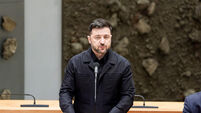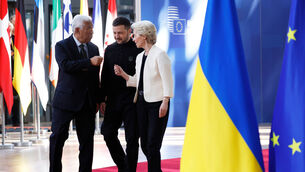Reactor still not secure as radiation in food rises
The pressure increase meant plant operators may need to deliberately release radioactive steam, prolonging a nuclear crisis that has consumed government attention even as it responded to the catastrophic earthquake and tsunami that savaged northeast Japan on March 11.
Beyond the disaster area, uncertainty grew over the safety of food and water. The government halted shipments of spinach from one area and raw milk from another near the nuclear plant after tests found iodine exceeded safety limits.














